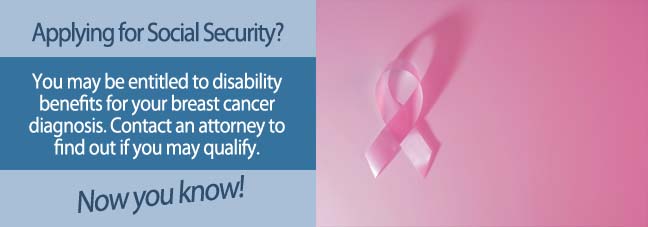Along with the reds, oranges, and yellows of the falling leaves, you might be seeing a lot more pink this October. In 1985, October was designated as Breast Cancer Awareness Month, a time to bring educational awareness and funding to breast cancer.
Why an Awareness Month for Breast Cancer?
With one in eight women diagnosed with breast cancer, it’s highly likely that you know someone who has been impacted by this life-changing disease. Breast cancer is the most commonly diagnosed cancer in women. While great strides have been made, it remains the second leading cause of cancer death.
If diagnosed early, breast cancer is not only treatable, but curable. In fact, 99% of women diagnosed with stage-1 breast cancer will still be alive five years later. Even when a bit more advanced and has spread to the lymph nodes, the five-year survival rate is still 86 percent.
Metastatic breast cancer, or cancer that has spread to other organs, can be treated, but not cured. The importance of breast cancer screening cannot be overstated as early detection is critical.
Checking for breast cancer before there are apparent signs or symptoms of the disease can save lives. While mammography is the most common screening test for breast cancer, there are several other types of breast exams.
Breast cancer treatment has evolved tremendously over the last several decades. While still scary, receiving a breast cancer diagnosis no longer means that one’s life is over. Many women go on to live a normal, healthy life for years after their diagnosis.
Qualifying for SSD Benefits with Breast Cancer
Depending on the stage at which breast cancer is diagnosed, there could be some severe health implications of the disease. Some women experience physical pain and fatigue, while others are affected by the psychological impacts of depression or anxiety.
If the breast cancer itself does not cause difficulties, the side-effects of the various necessary treatments certainly have some effect on how a person feels. From nausea to changes in appetite and sleep, many women undergoing breast cancer treatment feel overwhelmed by the side effects.
While some women may be able to continue working while receiving breast cancer treatment, others are not able to do so. The Social Security Administration (SSA) has established a disability program aimed at offering financial assistance to those who are no longer able to work due to a serious health condition such as breast cancer.
Unfortunately, not all individuals with breast cancer will be granted a disability award. The SSA references a medical guide, known as the Blue Book, to determine which conditions are severe enough to warrant disability payments.
Breast cancer is listed in section 13.10 of the Blue Book. According to the Blue Book, breast cancer applicants must have one of the following to be awarded disunity benefits:
- Locally advanced cancer that has spread beyond the breast to the chest wall or skin of the breast
- Cancer that has spread to the supraclavicular or infraclavicular nodes, to 10 or more axillary nodes, or with distant metastases
- Breast cancer that has returned despite treatment
- Small cell, or oat cell, cancer of the breast
If a breast cancer patient meets any of the above criteria, they are automatically approved for disability benefits given that they can provide medical evidence to support their claim.
In addition to providing documentation of their breast cancer diagnosis, survivors will need to provide proof of the type of treatment that they have received, as well as their response to the treatment.

What If I Don’t Meet a Listing in the Blue Book
The vast majority of women with breast cancer will not meet a Blue Book listing for their disease, and yet some might be quite ill and unable to work regardless. All hope is not lost for these women. It is still possible to earn a Social Security Disability Insurance (SSDI) award through a medical-vocational allowance.
Breast cancer applicants who do not meet a Blue Book listing will have their medical record reviewed further. Social Security examiners will attempt to determine what physical and mental limitations the applicant has as a result of their illness.
They will also consider how those limitations impact their ability to work either at their current position or at another job for which they are qualified. Using a residual functional capacity (RFC) assessment, the SSA will determine the most work that an individual can perform given their health status.
For example, many breast cancer patients undergoing chemotherapy are impacted by changes in taste, loss of appetite, and subsequent weight loss. While weight loss alone will not usually qualify someone for disability assistance, if the significant weight loss causes extreme fatigue or fainting, it might impact a person’s ability to do their job. The SSA will take all of this into consideration when evaluating your breast cancer claim.
Starting the Application Process
If you are unable to work as a result of breast cancer, you may want to consider filing for Social Security disability. A Social Security lawyer can help to ensure that your disability claim is thorough and complete, resulting in a higher chance for approval.
By working with a disability attorney, you can leave the paperwork and numerous calls to your lawyer, thus giving you more time to focus on your health and recovery.